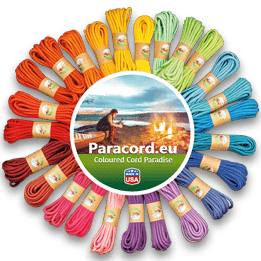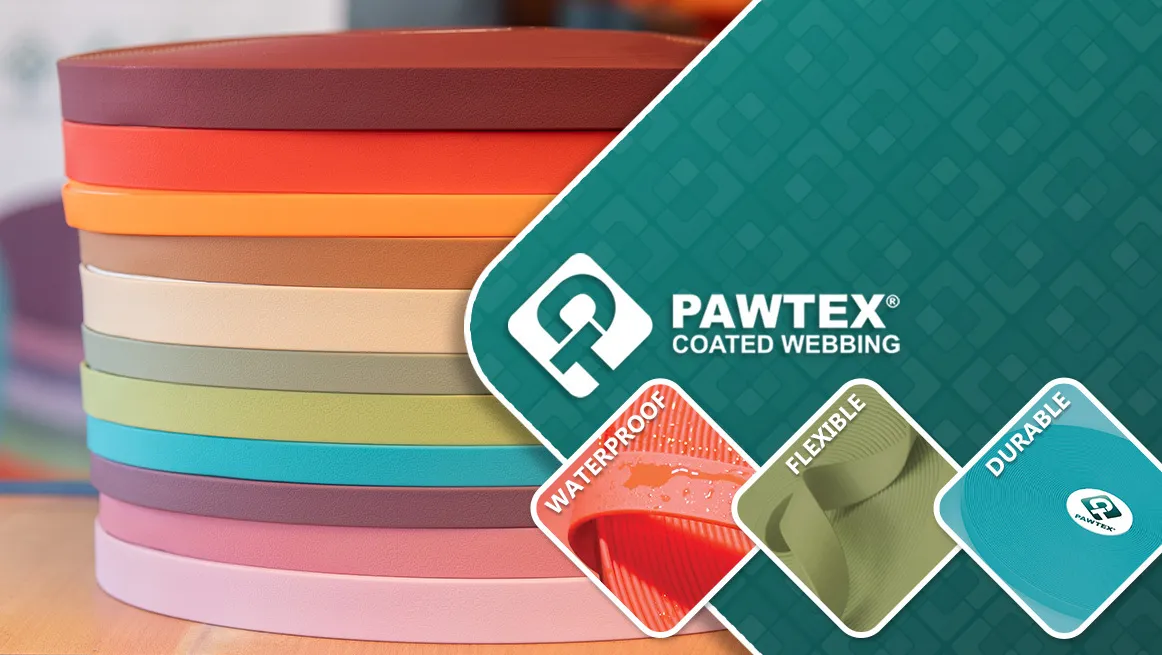Everything you need to know about BioThane®
You see it everywhere: BioThane long lines, dog collars and leashes or a BioThane bridle. But what exactly is BioThane coated webbing? When do you choose BioThane webbing instead of leather? This blog will answer all your questions about our products from BioThane USA®.
What is BioThane®?
BioThane is a material used in the world of horses and dogs. It is an alternative to leather. Thus, you can make reins for your horse from BioThane instead of leather. Because of the wide choice of colors and various widths, the material can be used for many different projects.
What is the BioThane material?
What fabric is BioThane made of? BioThane consists of a strong polyester webbing with a layer (coating) of TPU or PVC. The strength of BioThane is in the webbing on the inside, the outer layer protects that webbing. As a result, the webbing lasts longer, does not absorb moisture and is easy to clean.
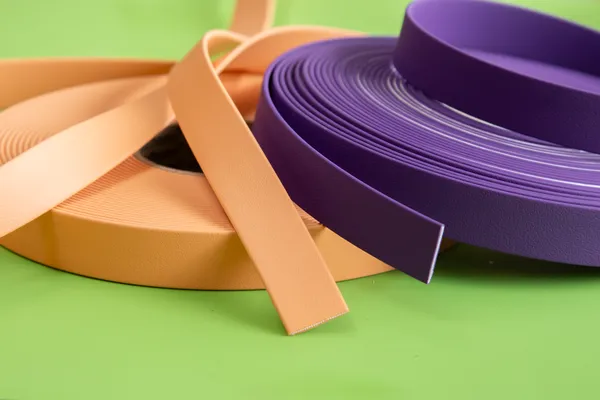
What is BioThane Beta?
Beta is the name for one of the coatings BioThane can have. The Beta coating is made of PVC. PVC Webbing and the most well-known BioThane products have this coating. Popular Beta BioThane colors are Military Olive, Orange and Pastel Pink.
In addition to Beta BioThane, BioThane Round and BioThane Super Flex feature the Beta coating. This is why "Beta" and "BioThane" are often mentioned in the same breath.
What is BioThane Gold?
The first BioThane products to appear on the market had a Gold coating. BioThane Gold is also polyester webbing, but with a different coating than Beta. The Gold coating consists of TPU. The practical difference between this coating and the Beta coating is the hand feel, for example, Beta is smoother. If you unroll a roll of BioThane Gold with TPU coating, the outside may stick together slightly. In addition, it looks different: Beta is matte and Gold is shiny. Popular colors of BioThane Gold are Pink Camo Translucent and Orange Camo Translucent. The strength of the product is in the webbing and not the coating, so the strength of BioThane Beta and Gold is the same.
What is the difference between PVC and TPU?
The main difference between PVC and TPU is that PVC incorporates chrome while TPU does not. Chrome makes the plastic hard. So PVC is slightly harder than TPU. The second difference is that TPU can withstand UV radiation better and is stronger than PVC, so the coating can take more.
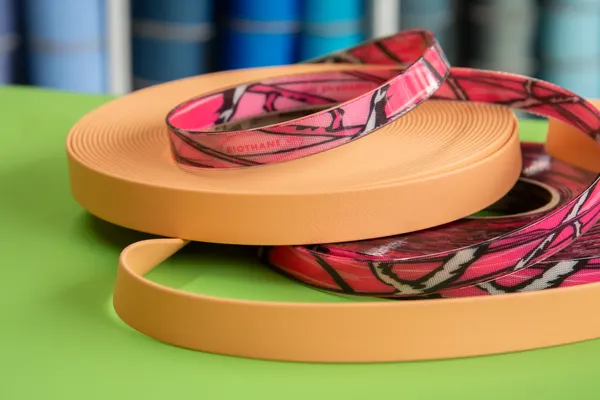
BioThane Super Heavy and BioThane Super Flex
BioThane Super Heavy is BioThane Beta with an extra-thick coating. This makes it more rigid. BioThane Super Flex is BioThane Beta with a thinner layer of coating. Therefore, BioThane Super Flex is a lot more flexible. The webbing in both variants is the same as BioThane Beta and Gold, so there is no difference in breaking strength.
BioThane Adjustable
BioThane Beta Adjustable is crafted for sewing projects. Its touch is smooth, ideal for both your hands and your pet's fur. This material's remarkable flexibility makes the collar easily adjustable.
BioThane Leather Weight
BioThane Leather Weight is special because character properties such as thickness, hand feel and appearance are very close to leather. This BioThane is used to make waist belts, for example.
Does the color of BioThane fade?
Yes, when BioThane is much exposed to UV radiation, as sunlight, the color can fade. In this, it is roughly equivalent to the fading of the color of nylon paracord. As mentioned earlier, this is especially the case with BioThane Beta. BioThane Gold can withstand this better.
UV Printed BioThane
Paracord.eu is the only company in the Netherlands that offers UV Printed BioThane by the meter. Our graphic designer designs unique prints that are then printed on white BioThane 'Beta'. The patterned BioThane assortment is regularly updated with new prints and here and there seasonal limited editions. They are perfect for making an adapter or as a handle on your PPM dog leash. Want to stay up to date with the latest prints? Then sign up for our newsletter!

What can BioThane be used for?
BioThane can be used for a variety of purposes. In the DIY world, you see it mostly for dog and horse products. For example, you can make harnesses, muzzles, collars, long lines, halters and reins from BioThane. It is also used for parts of projects, such as an adapter for a dog collar made of paracord, or as a handle on a dog leash. BioThane Round 6 mm or BioThane Round 8 mm, in addition to BioThane Beta or BioThane Gold, lend themselves perfectly to making such a dog leash.
Is BioThane safe for animals?
Yes, BioThane can be used on animals without any problems. It is safe as a product on the skin of animals. Please note, BioThane is made with chemical processes, so we cannot guarantee safety when your critter chews it extensively.
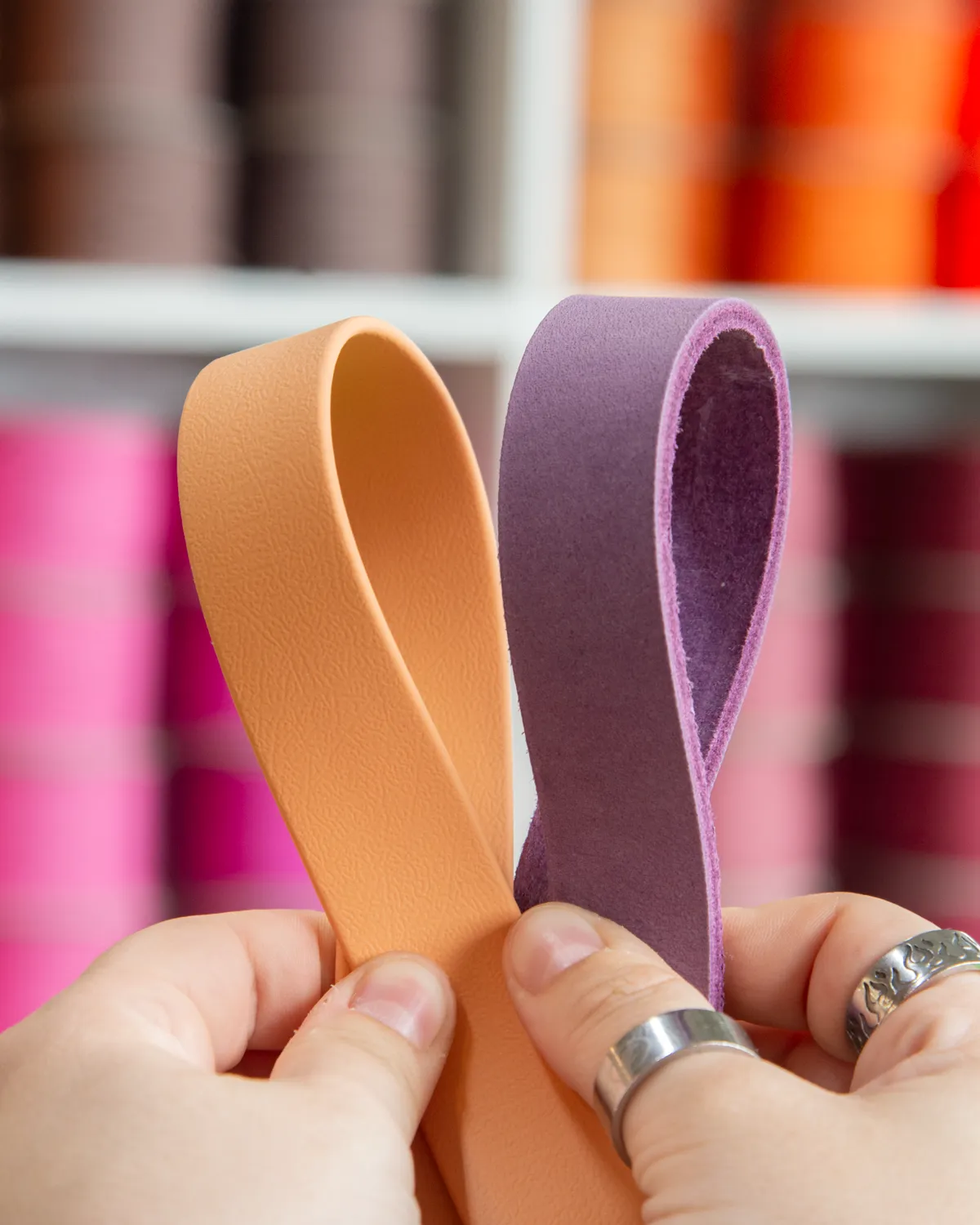 Is BioThane better than leather?
Is BioThane better than leather?
BioThane is considered a vegan alternative for leather. But what is the difference between leather and BioThane?
BioThane vs leather in processing
We process BioThane and leather both with leather tools. This is fine, but you will have to apply more force when working with the stiff BioThane than when using the tools with soft leather. In addition, keep in mind that the tools will wear out faster if you use them for BioThane.
BioThane and leather can both be decorated beautifully with Angelus leather paint. In this blog by our ambassador Mashdogs, you will learn how to splash fun patterns on your project with the right preparation and finishing. Be sure to apply the Angelus paint in thin layers. Otherwise, the paint will not adhere well to the BioThane or leather and will come off. You can do this excellently with our Angelus Empty Paint Markers.
BioThane vs leather in use
Weather conditions
BioThane can withstand a variety of weather conditions better than leather. BioThane is resistant to salt water, which is why hunting dogs often wear BioThane collars. Note, however, that salt water is not conducive to accessories. Rinse and dry your BioThane product well after it gets dirty. Leather, unlike BioThane, weakens when it gets wet and can then tear more easily. Especially at the holes for the hollow staples and stitching, this chance is high.
Feeling on the skin
A disadvantage of BioThane is that it can irritate the skin. The material does not breathe and is relatively hard. When worn for a long time by a short-haired dog or under the armpit with a harness, the product can chafe and irritate. Another example is horse reins. With reins made of BioThane, blisters develop on your hand faster than with leather reins. Leather is a natural product that breathes and is flexible. Therefore, it chafes and irritates less than BioThane.
BioThane vs leather in sustainability
Is BioThane eco friendly? The BioThane material is not recyclable or naturally degradable. It is a chemical product because it is manufactured through chemical processes. The webbing and coating are different materials and cannot be separated. Leather can be broken down naturally and reused well, either as another type of product. Think of shoes made from leather car upholstery. So leather has a more favorable degradation process and there are simply more recycling options than with BioThane.
The lifespan of BioThane and leather is fairly similar. It plays into how the material is attached, such as what accessories and techniques you use when making a dog leash. It also depends on how you maintain the product and to what extent you use it. If the leather comes into contact with water a lot, it may well last significantly less time than BioThane.

BioThane® or Coated Webbing?
Everything called 'BioThane' with us is the official US BioThane®. We additionally offer the PVC Coated Webbing variety. The difference between BioThane and PVC Coated Webbing is that the PVC Coated Webbing is slightly stiffer. An exception to this is HEXA Coated Webbing, which is even more flexible than the 'Beta' BioThane.
PVC Coated Webbing is an affordable alternative if you want to work with webbing on a small budget.
